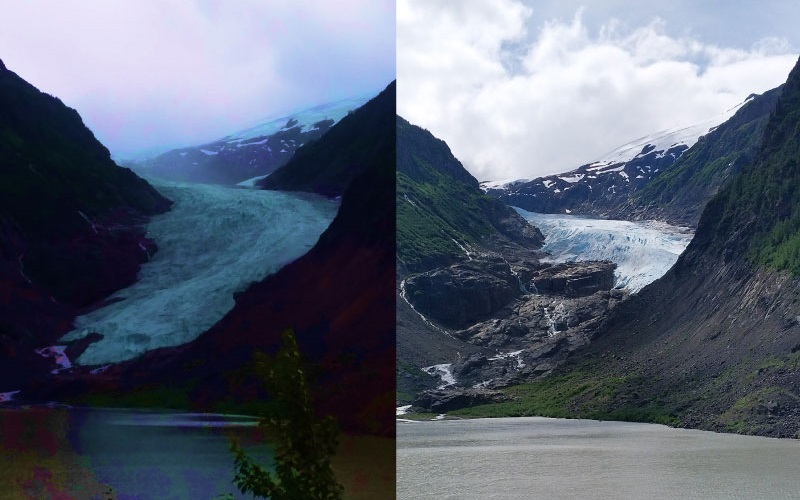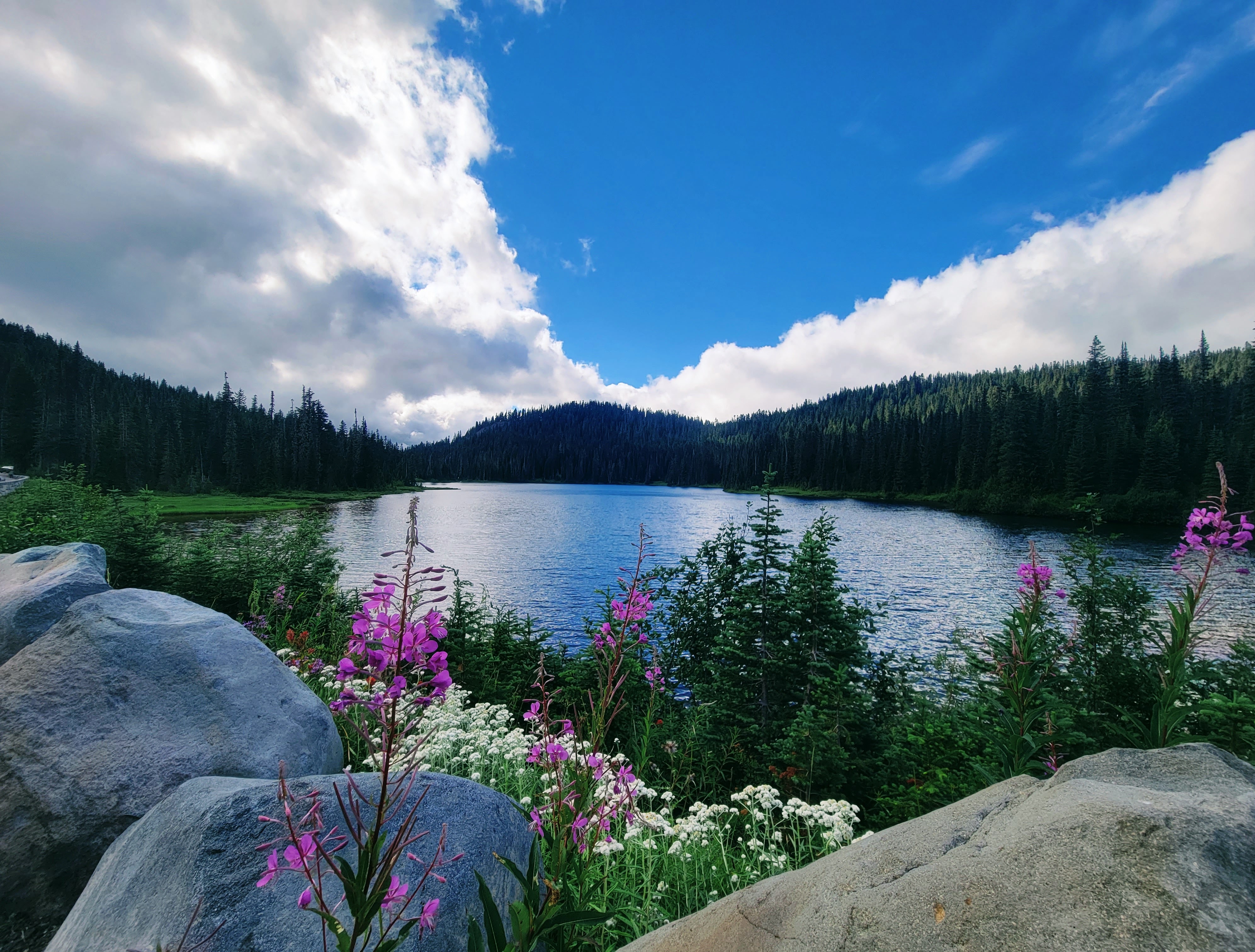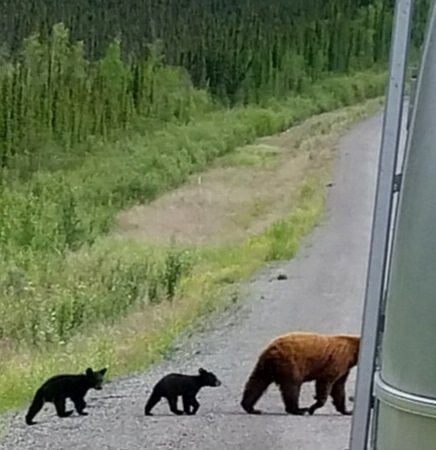Our ELT Classrooms as Global Ecoliteracy Hot Spots

One of the things that can make learning English as an additional language difficult is multiple meanings for the same word or phrase. Take as an example hot spot, which has at least six meanings, including a place of unusual interest or popularity, or conversely, an area considered dangerous due to unrest. For many of our multilingual learners of English (MLEs), the most likely understanding of this term is as a place with a wireless internet connection.
The term biodiversity hotspot can also have multiple specific meanings, including a biogeographic region where biodiversity is under threat and where the area has lost 70% of its primary vegetation. This month’s blog focuses on our classrooms as exciting hot spots of interest for learning about language in the context of biodiversity and conservation, with examples from across the planet.
Last year, 2023, was the hottest year on record, and yet, may be also the coolest, at least for very many years to come. Disruptions in ecosystems and in the balance of nature from climate change and the mass extinction of species threaten all life on the planet. The rate and scope of biodiversity loss is dramatic and daunting, with up to two million species at risk for extinction, many of them insects. This estimate is double what it was up until even very recently. The sharp decline in pollinator species, such as birds, bats, butterflies, and bees, threatens the balance of nature and the human food supply. In addition to species extinction, human activity has resulted in land, water, and air being polluted all across the planet, along with deforestation, soil depletion, and ocean warming. Human activity has already severely altered 75% of the land and 66% of the ocean.

Conservation and Protecting Biodiversity
Biodiversity creates resilience in natural systems, and when that biodiversity is lost, vulnerabilities increase, resulting, for example, in the spread of disease and pandemics. However, nature is regenerative. This is one of the most basic, yet most encouraging facts of ecoliteracy.
Many of the solutions to the environmental crises we are experiencing involve allowing nature to do what it does “naturally” — to regenerate. Of course, the damage to the planet is so deep and widespread that solutions are needed across all sectors and systems, from wisely designed and applied geoengineering projects (following the precautionary principle and anticipating unintended consequences), to legislation and policymaking, to allowing for rewilding and regeneration. Here, we’ll focus on nature-based solutions and regeneration, where these often intersect with policymaking, specifically in the case of 30 x 30 (thirty by thirty) initiatives.
The 30 x 30 Initiative: What Is It and Where Did It Come From?
The goal of 30 x 30 is to conserve and restore 30% of the world’s lands and waters (coastal and inland) by the year 2030, and thereby protect biodiversity and Earth’s “life support system,” while also mitigating the negative effects of climate change. Ideally, this target would be followed up by a 50 x 50 target to conserve 50% of land and water by 2050. The 30 x 30 initiative is just one of several large global biodiversity targets, and it operates at various levels — international, national, state, regional, and local, involving national as well as state and regional governments, tribes, nongovernmental organizations, and thousands of scientists and engaged citizens across a wide spectrum.
The concept of protecting a large portion of the planet was popularized by biologist E. O. Wilson in his 2016 book Half-Earth. In a 2019 article in the journal Science Advances, the 30% conservation goal was put forth and, subsequently, an initiative was launched. In 2022, it was a highlight of the COP 15 climate conference in Montreal, where virtually all nations signed on to the Biodiversity Plan, but where 30 x 30 is only one of 23 biodiversity targets across four main goals. In the United States, 30 x 30 was committed to through an Executive Order in 2021, following the State of California’s own 30 x 30 initiative in 2020. Several nations, as well as some U.S. states (like California), have had good success toward meeting this goal — which is encouraging and a reason for climate optimism. However, globally, there is still much work to do toward meeting the 30 x 30 goal.

Regeneration and Nature-Based Solutions
In my classes, we read Paul Hawken’s book Regeneration: Ending the Climate Crisis in One Generation, wherein he describes a multitude of ways the planet’s ecosystems can and are being regenerated — oceans, forest, lands — as well as what cities, industries, organizations, and individuals are doing to work toward this critical effort. It is inspiring to say the least. These efforts largely involve allowing the planet and these ecosystems to be restored through what nature does when allowed — it regenerates. We also watch films showcasing rewilding and regeneration efforts, as well as films about the importance of seed biodiversity, seed saving, and seed banks to ensure biodiversity, including learning about the global seed vault in Norway.

Nature-based solutions work with, rather than against, the forces of nature and ecosystems to strengthen them, which creates positive outcomes for people and the planet. Indigenous peoples have for time immemorial practiced ways of being that are in harmony with nature. Indigenous peoples now account for only 5% of the world’s population, yet protect 80% of the world’s remaining biodiversity. National and state governments are now understanding this reality and the importance of this traditional knowledge and have come to value this wisdom for the promise it holds for conserving and regenerating the planet’s waterways, forests, and other lands, for example in California through “good fire.”
Nature-based solutions are being implemented throughout the world. These include greening urban areas, such as the city of Mumbai, to combat the urban heat island effect of the human-built environment, and Pakistan’s highly successful efforts at protecting important mangrove ecosystems. Others efforts include large reforestation and nature-based solutions projects, including the Great Green Wall across Africa, all of which you can learn about here.
Creating Corridors
In addition to conserving land and water, biodiversity can be promoted and protected by the creation of habitat corridors that (re)connect habitats where the built environment, such as cities, fences, roads, or dams, has disrupted species habitats. These corridors are important for species in terms of finding food, mating, and completing life cycles. However, all of these conservation and regeneration efforts require commitment and investment, and much of the land and water that needs conservation and regeneration is on private property, requiring education, commitment to the greater good, and cooperation.

Study Solutions and Create Your Own
In your classrooms, you can share and study specific examples of what I have discussed in this month’s blog, including:
-
- Wildlife Corridors. See examples from around the world and discover which are closest to you. Research what wildlife corridors might be needed and recommended in your area.
- Real-Life Examples. Look to examples of Indigenous knowledge and leadership to protect biodiversity on the planet, such as the Cree people protecting the planet’s largest intact forest ecosystem and boreal forest in Quebec. Study why this forest is so important on a global scale as a carbon store (where that is mostly in the soil) and what animals, such as the caribou, are protected there. Other lessons could include efforts to protect important ecosystems in the Amazon, in Indonesia, and in Central Africa.
- 30 x 30. Learn about 30 x 30 projects around the world from various sources. Research what areas and projects are targeted as part of your country’s 30 x 30 initiative, if your country has one. Possibly get involved as a class, if and where feasible. Interview project volunteers or others and create a podcast or invite a guest speaker (which I did recently in my class).
- Rewild. Discuss local areas that could be responsibly rewilded, for example a well-manicured community, home, or school lawn might be transformed into a more biodiverse space by allowing for rewilding.
- Nature-Based Solutions. Study various nature-based solutions projects around the world. I particularly like this source, also cited above, for MLEs as it has both text and audio, allowing for multiple modes of input (listening while reading along). Have students work in pairs or small groups to study and report to the class on these seven organizations leading the way in nature-based solutions.
Focus on Language
As always, do language and word study as appropriate to your learners. For this content, I would do word study and focus on the meanings of several root words, prefixes, and possibly the suffix –tion. For example:
-
- geo (engineering)
- bio(diversity/region)
- re(generation/wilding)
- con(servation)
- pro(tection).
This unit is also ripe for geography study of many kinds and identifying continents, countries, (bio)regions, and peoples as appropriate for your learners. Finally, it is also excellent for studying numbers and statistics, which are cited in many of the above links.

